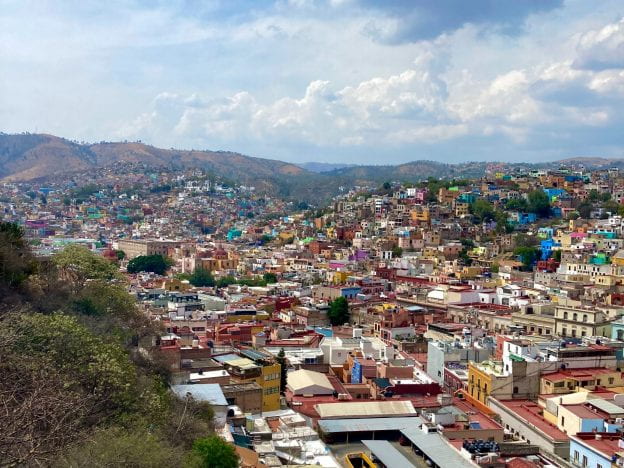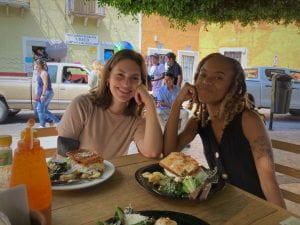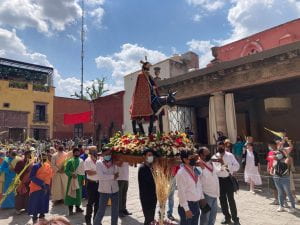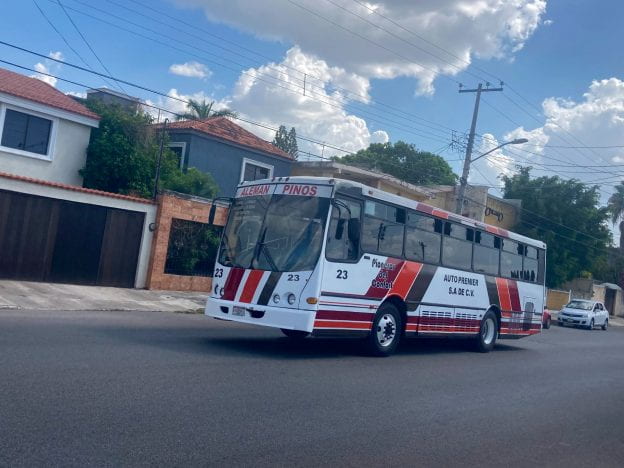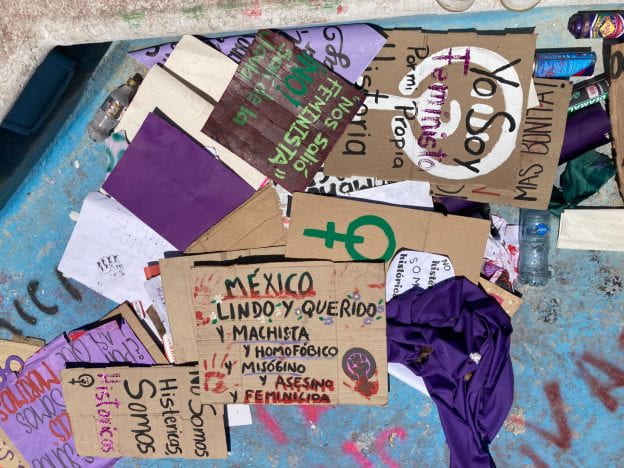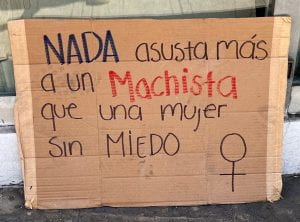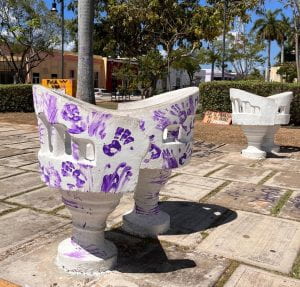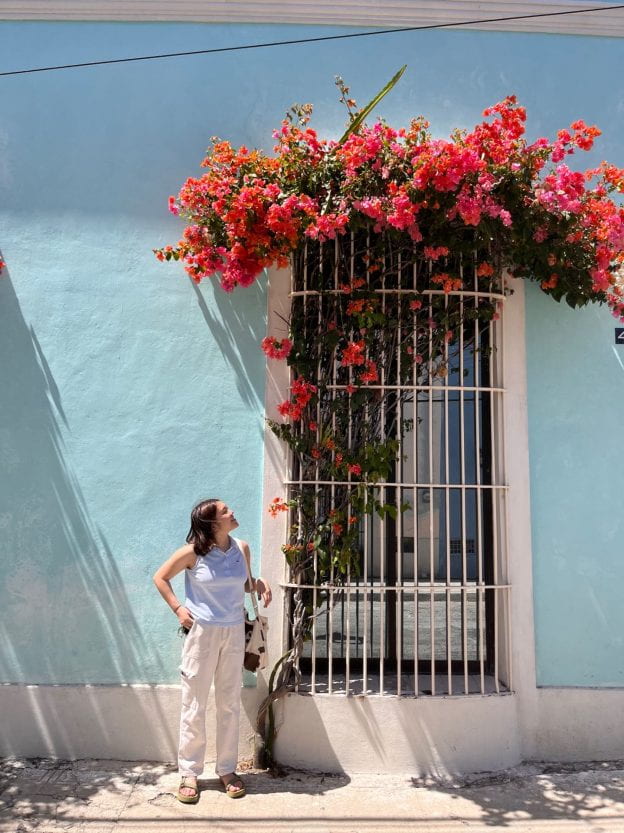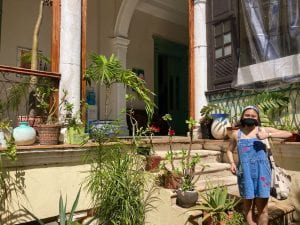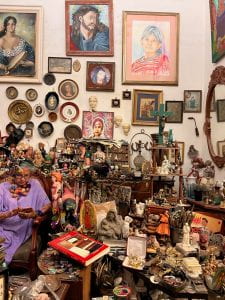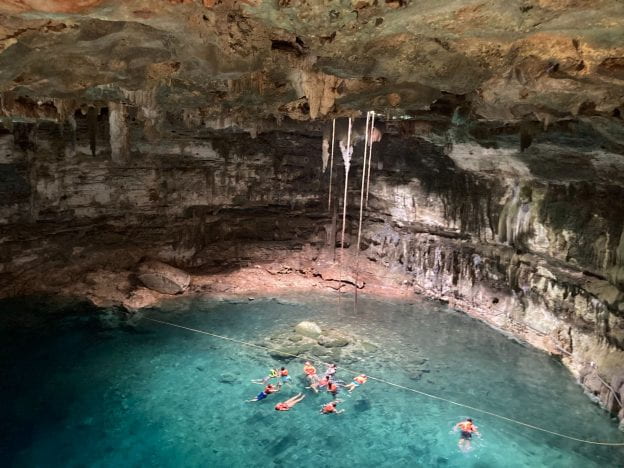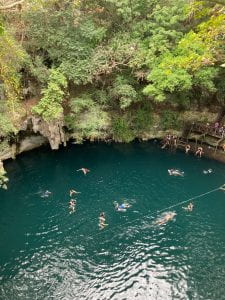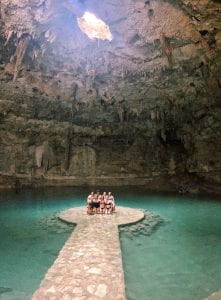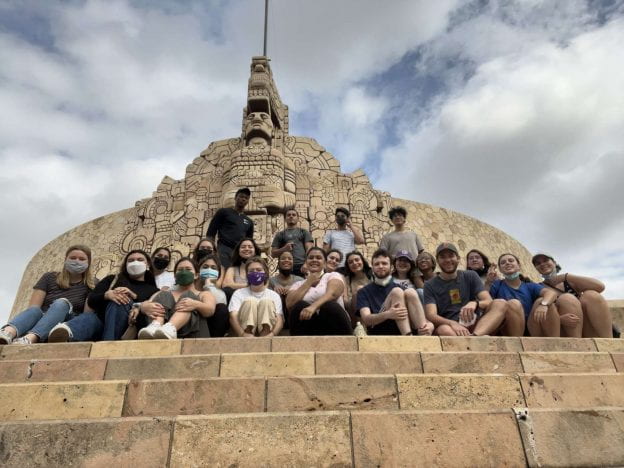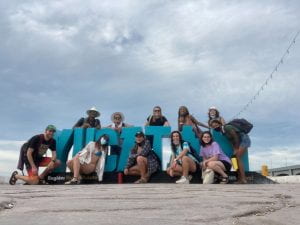Though I knew it would be best for me, my social anxiety, and most importantly my spanish, the idea of living with a host family abroad terrified me. What if they didn’t like me? What if I couldn’t communicate with them? What if I accidentally broke something and they thought I was a horrible person? What if I didn’t like them?? Despite being able to recognize that my anxiety was responsible for the exaggerated stress associated with most of these questions, these worries flooded and overflowed my brain in the days leading up to my departure. I had been living independently for three years and the thought of returning to a familial household (and a completely unknown one at that) was less than thrilling.
But here I am. Loving it. While I have certainly had challenging experiences (the mayonnaise pasta sandwich was a bit hard to get down) and difficult conversations (figuring out how to politely explain to my host mom that I I don’t really like mayonnaise, especially when it is the main filling of a sandwich) Doña Maria* and family have given me nothing but love and respect, treating me as one of their own for the past four months.

(clockwise): Benjamin, his uncle, his aunt, his mom, me, Doña Maria.
My host mom is named Doña (a spanish title of respect for a woman) Maria (her first name) and has been hosting students for almost half her lifetime – nearly 30 years. I live with her, her grown daughter and 2-year-old grandson, Benjamin. They graciously cook me three vegetarian meals a day and I have my own bedroom and bathroom.
Generally in Yucatan, lunch is the biggest meal of the day eaten in the early afternoon. When I return home from my morning classes, I usually eat with Doña Maria, Benjamin and Isabel (the housekeeper/nanny). Doña Maria’s daughter usually eats when she returns from work around 3:30pm. Dinner is very small and usually eaten solo. I often have leftovers from lunch or a bowl of cereal. I love to use this alone time to catch up on reading or call a friend from home.
While I certainly miss cooking with friends and just having a space to watch tv and chill with people my own age, there is no doubt in my mind that I would sacrifice that again if it meant living with Doña Maria. Not only has my Spanish drastically improved thanks to our daily conversations (I never realized how hard laundry was to explain until I tried to do it in my non-native language), but I have had the privilege of expanding my family and being accepted into a new one. This newfound, love-filled support system is not something that I take lightly.
*names have been changed to protect privacy
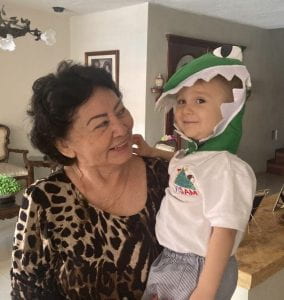
Doña Maria and Benjamin in his cocodrillo costume.

